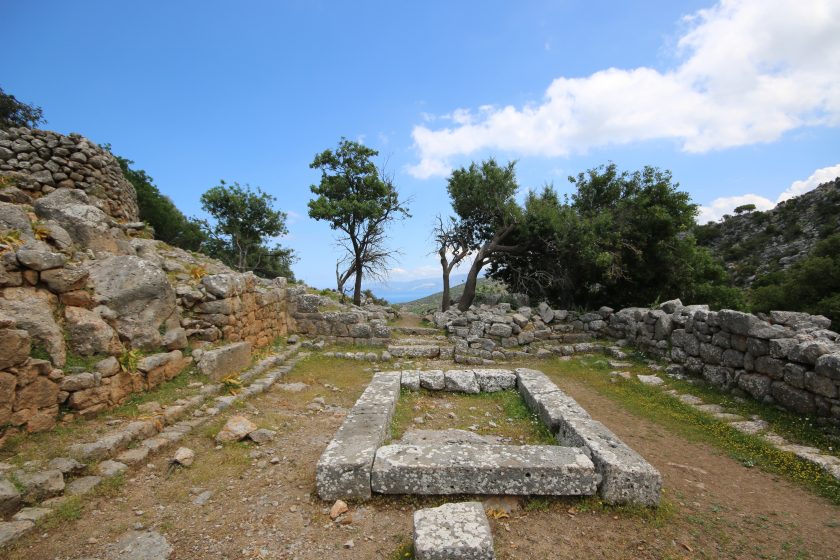There’s lots to do and see around the local area.
The Villa location is labelled on the map:
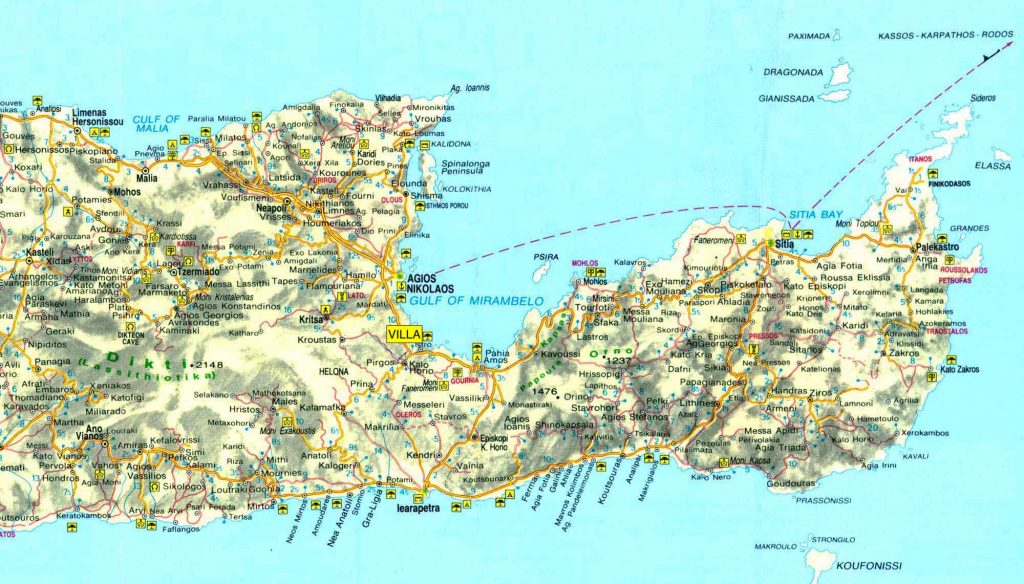
Some ideas to get you started are listed below. You can find these places on the map.
Mountain Village of Kritsa
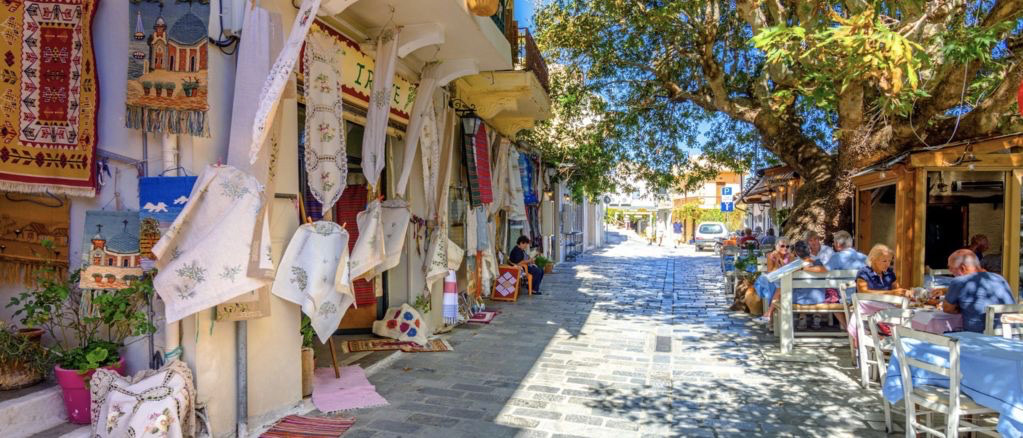
The beautiful mountain village of Kritsa is a 15-min drive from the Villa with shops selling Cretan made goods and lots of restaurants.
Kritsa is a traditional village with old houses and narrow streets on the Lassithi (Dikti) mountains.
As you approach you can see Kritsa nestling in a bowl at the foot of the Dikti Mountains, under a red overhang of rock known as Kastellos.
From many vantage points throughout the village there are far reaching views across the olive groves that produce delicious award-winning oil, down to the coast and up to the rounded Thripti Mountains that spectacularly fill the eastern view.
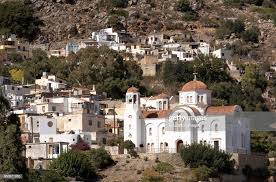
Ancient City of Lato
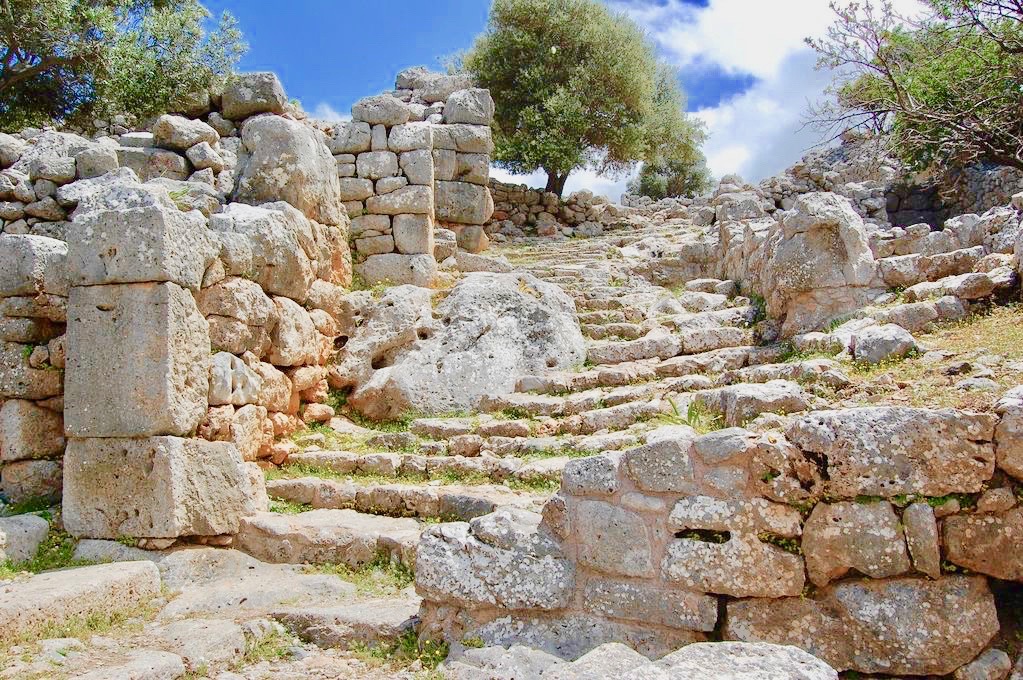
The ancient city of Lato is a 15-min drive from the Villa, near to mountain village of Kritsa.
The Dorian’s built the city in the seventh century B.C. This area owes its name to the goddess of Lito (or Lato) who was the mother of Apollo and Artemis. The walls and buildings visible today, however, date mainly from the fourth and fifth century B.C. Towers and two acropolis fortified Lato. It was one of the strongest cities on Crete. Ancient Lato was destroyed about 200 B.C.
During the Roman times its port, Lato Etera at the side of Agios Nikolaos, became an important city, the administrative centre was transferred there by the middle of the 2nd century A.D. and Lato was subsequently abandoned.
Ancient Lato was the birthplace of Nearchos, the admiral of Alexander the Great.
The centre of the town is at the top of the hill and from here the view down to Lato’s ancient port, Agios Nikolaos, is magnificent. Lato is one of the best-excavated Greek Cities on the island.
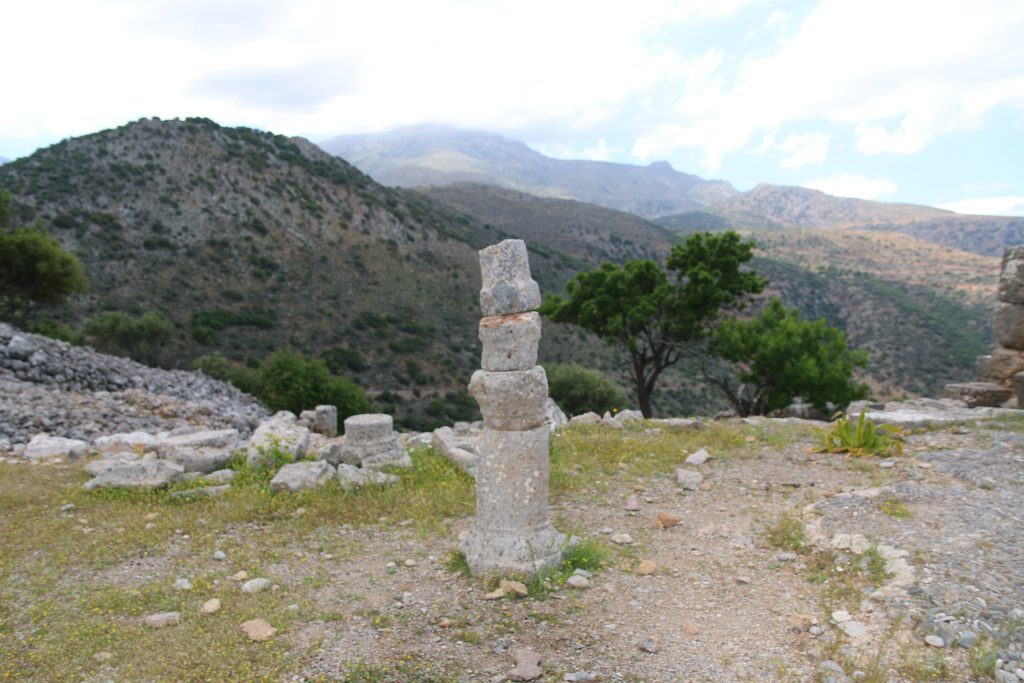
Agios Nikolaos
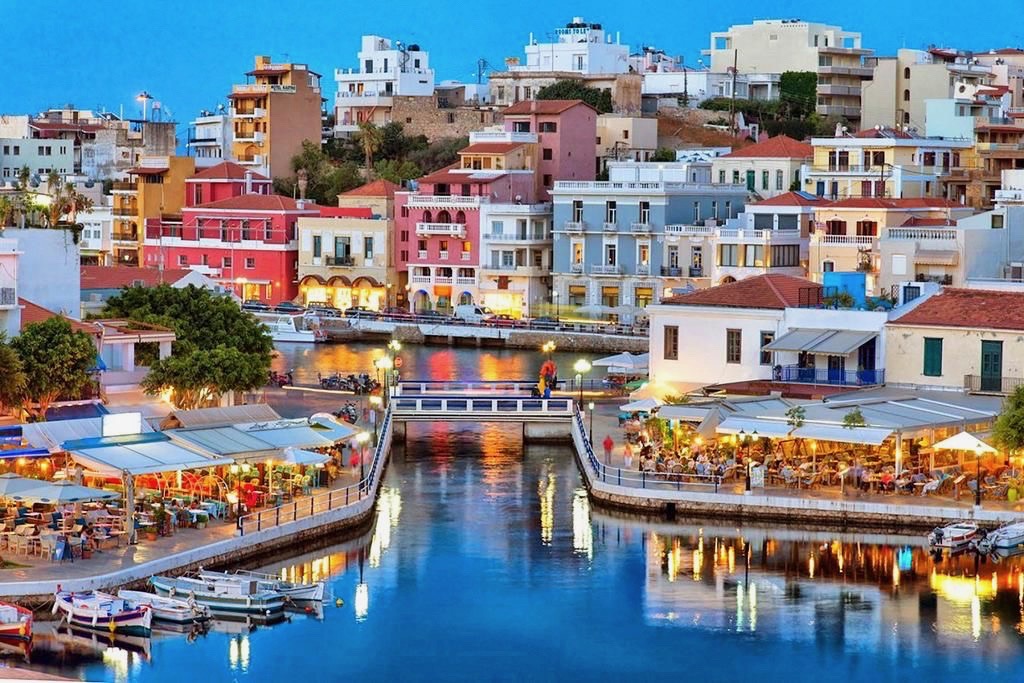
This cosmopolitan town is a 10-minute drive from the Villa.
Different to all other towns in Crete, Agios Nikolaos manages to mix an arty, leisurely, sleepy and yet also bustling place. Built partly atop ancient remains of bygone residents’ homes. Also known as Agios Nik or Ag Nik.
Agios Nikolaos is a medium-size town with a small-town feel, one that has lots to offer. You can enjoy walking here, you have several distinct waterfronts with a great variety of shops to browse and packed with coffee bars, restaurants and a bustling night life.
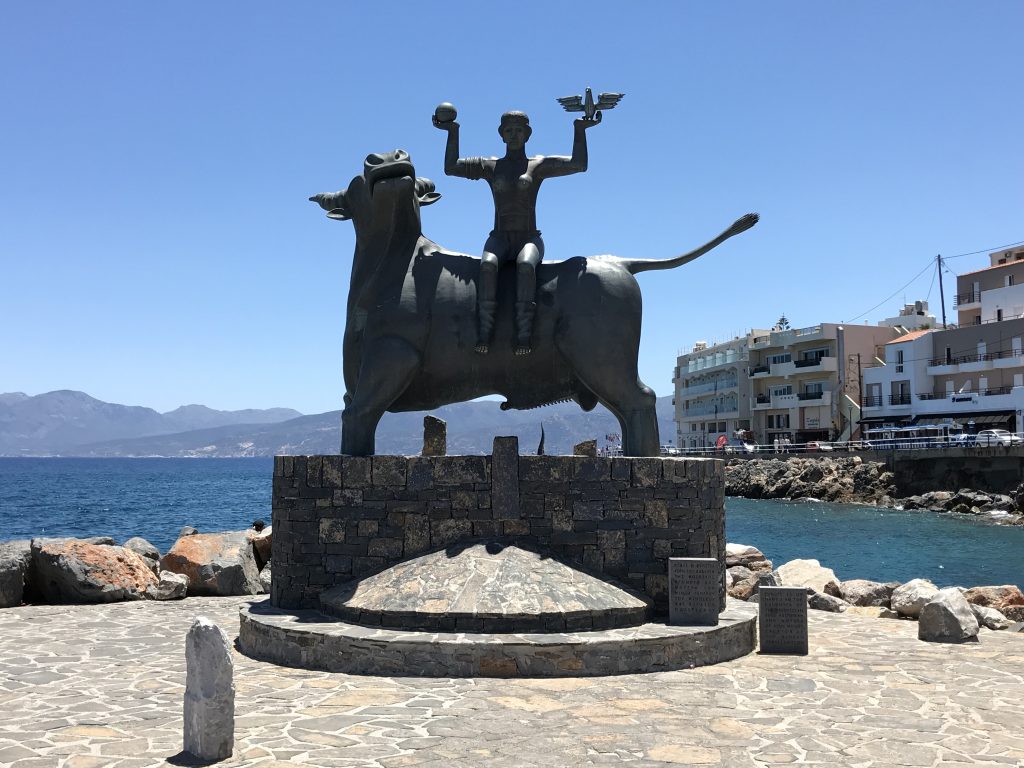
Spinalonga
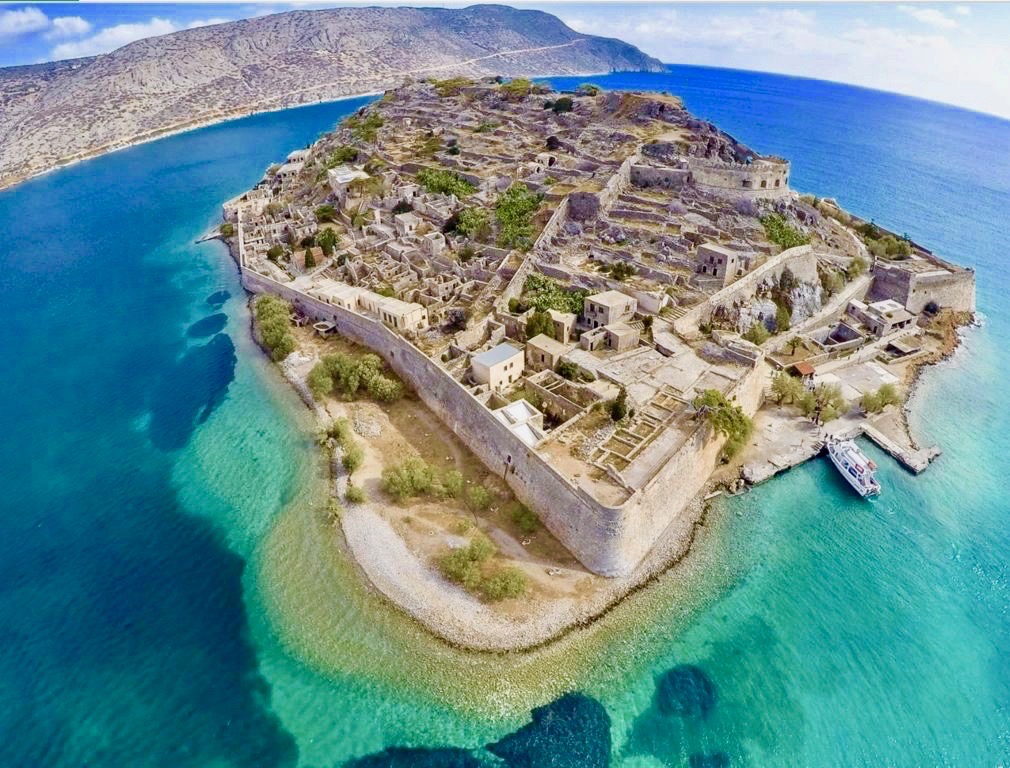
Spinalonga is a 20-min drive from the Villa.
The island of Spinalonga is located in the Gulf of Elounda in north-eastern Crete, in Lasithi, next to the town of Plaka. The island is further assigned to the area of Kalydon. It is near the Spinalonga peninsula (“large Spinalonga”) – which often causes confusion as the same name is used for both. The official Greek name of the island today is Kalydon.
During Venetian rule, salt was harvested from saltpans around the island. The island has also been used as a leper colony. Spinalonga has appeared in novels, television series, and a short film.
Because of its position the island was fortified from its earliest years in order to protect the entranceway of the port of Ancient Olous.
Olous, and accordingly the wider region, were depopulated at the middle of the 7th century because of the raids of the Arab pirates in the Mediterranean. Olous remained deserted until the mid-15th century when the Venetians began to construct saltpans in the shallow and salty waters of the gulf. Subsequently, the region acquired commercial value and became inhabited. This, in combination with the emergent Turkish threat, particularly after the Fall of Constantinople in 1453, and the continuous pirate raids, forced the Venetians to fortify the island.
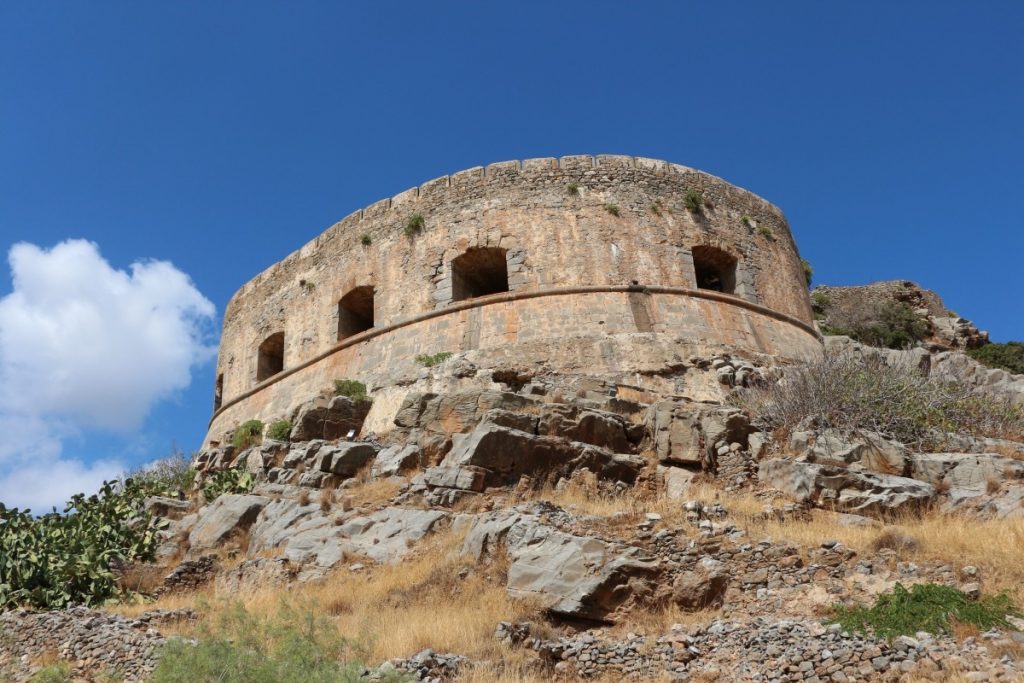
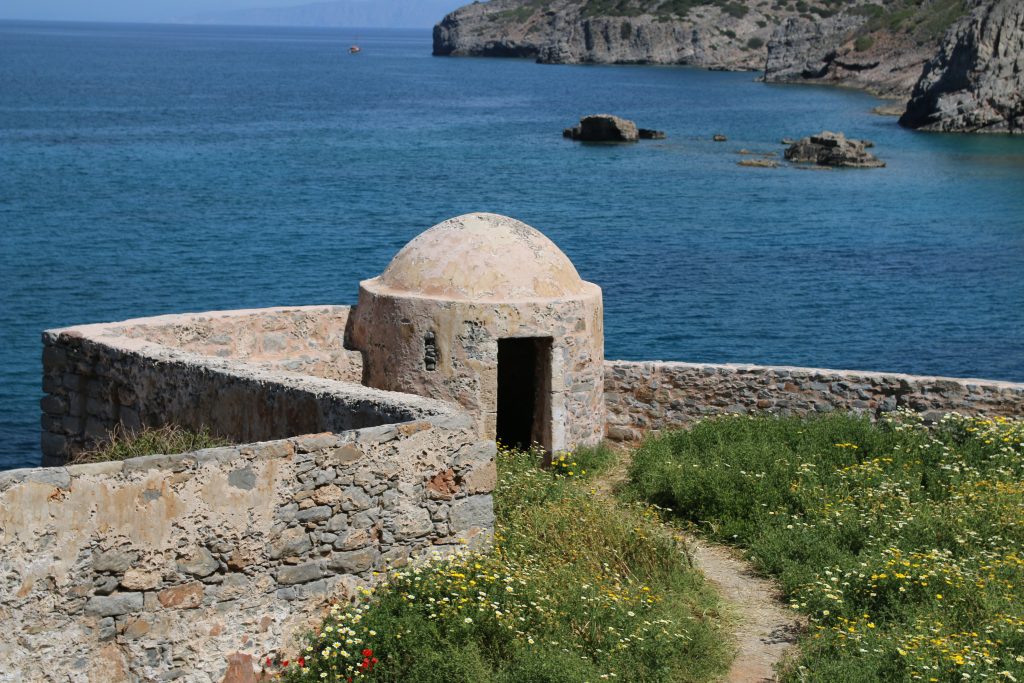

Oldest Olive tree in the world
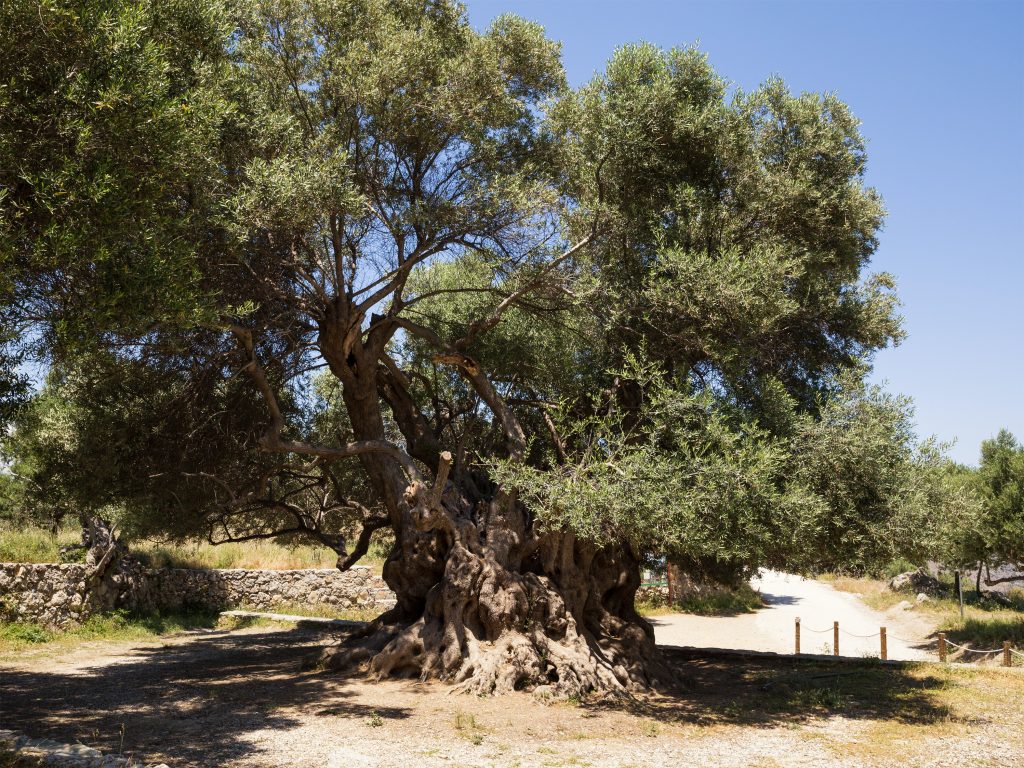
This olive tree is estimated to be at least 3500 years old and is the oldest olive tree in the world which still produces olives.
It is a 30-min walk up from the village of Kavousi, but can also be accessed by car (the roads are rough and ready!). Kavousi is a 20-min drive from the Villa.
It’s only one of seven olive trees in the Mediterranean, which are believed to be over 2,000 years old. Although its exact age cannot be verified, scientists from the University of Crete have estimated it to be 4,000 years old. With a trunk circumference of 12.50 metres and a diameter of 4.60 metres, to this day, its olives are highly prized.
There is a small Taverna right next to the Olive tree that serves delicious homegrown fresh food.
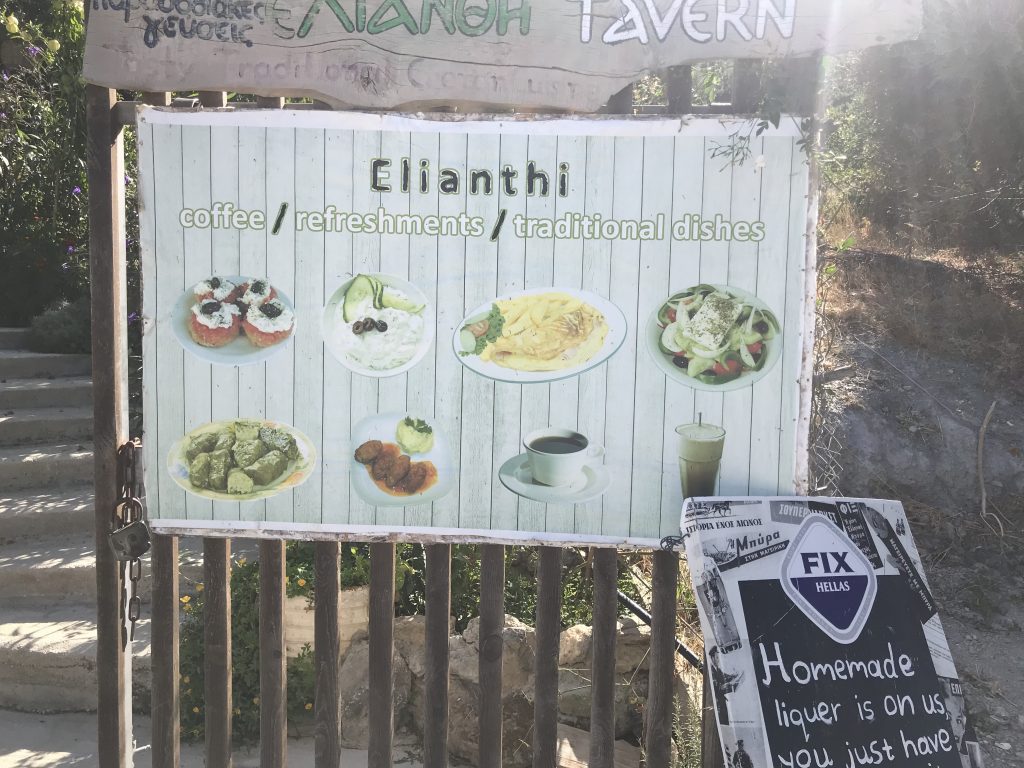
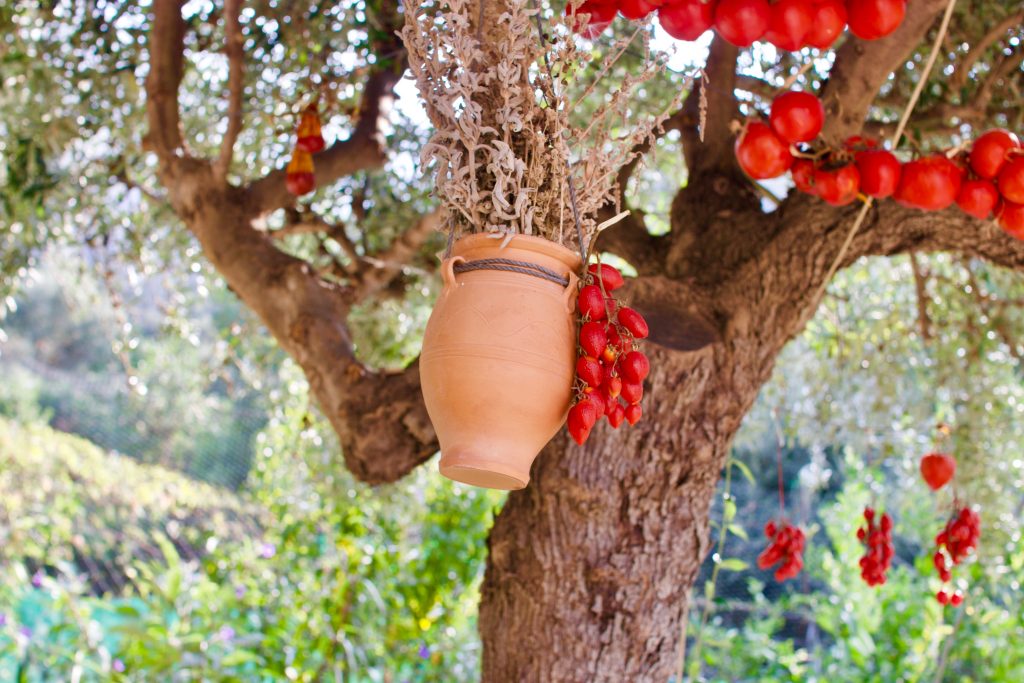
Exploring Mountains and Gorges

There are lots of mountains and gorges to explore in Crete.
There are paths in the Thripti Mountains that can be joined from the village of Kavousi, which is a 20-minute drive from the Villa.
Thripti Plateau is located next to the village of Kavousi, at an altitude of 850m. It’s really one of the most beautiful places worth visiting in Crete. Its natural beauty is very special and so are the Thripti mountain hiking trails, which are part of the European path E4, which starts from the Iberian Peninsula, passing the Alps down to Crete, where it stops in the mountains of Sitia.
You will meet a few shepherds who live here in the summer with their flocks.
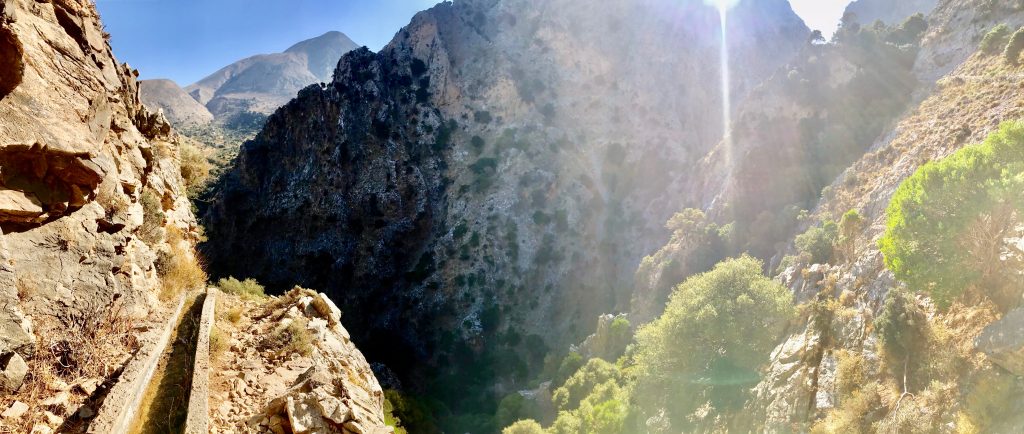
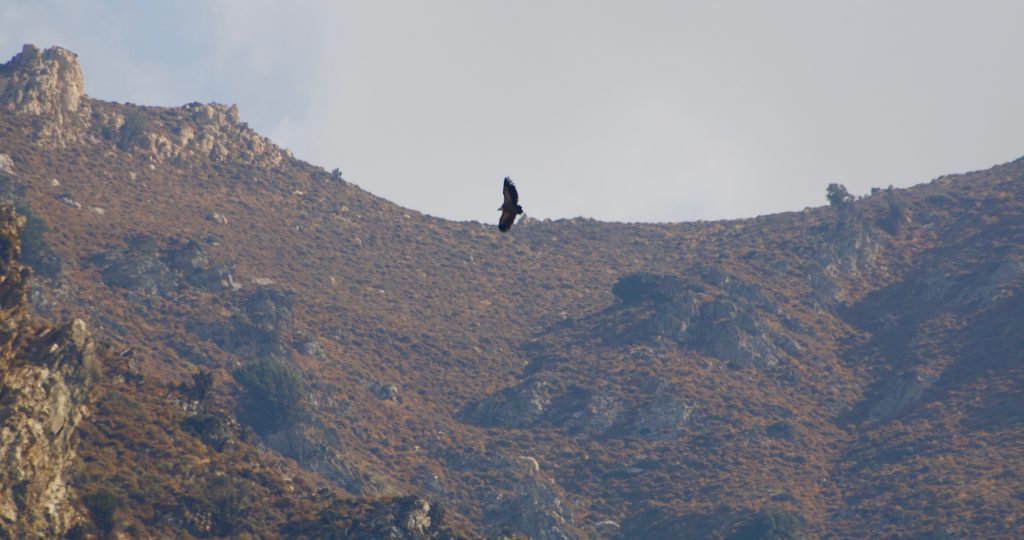
Chrissi Island
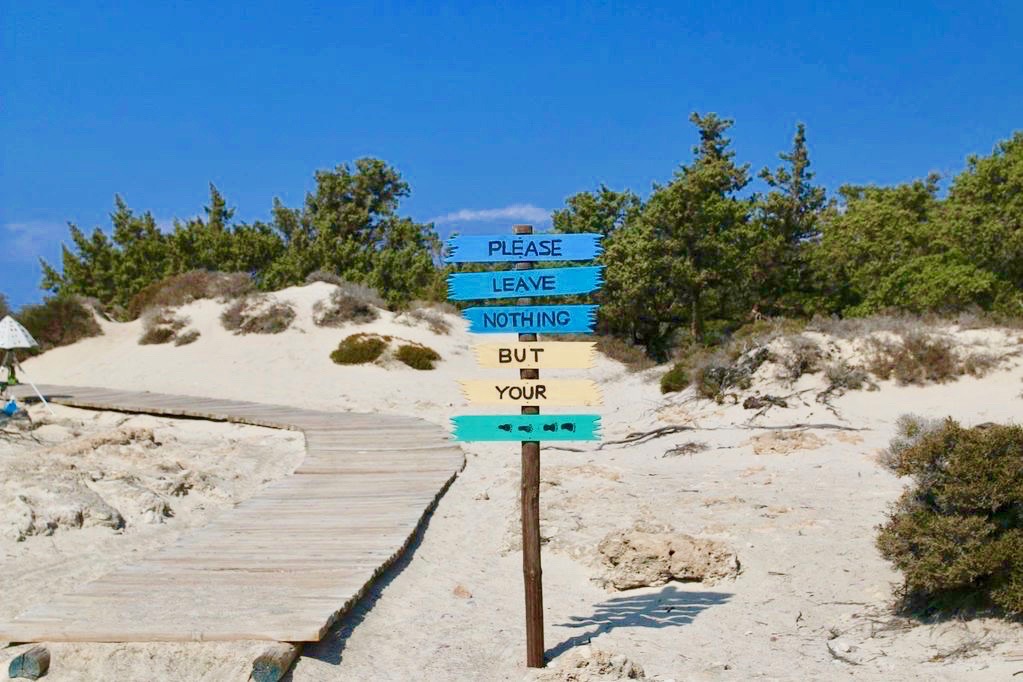
Chrissi Island is reached from the port of Ierapetra, which is a 30-min drive from the Villa. The ferries to the island set off throughout the morning and return late afternoon.
It is located 8 miles south of Ierapetra, in the Libyan Sea. Chrissi gets its name from the golden sand that has covered the whole island. It was created mainly from the shivers of thousand shells. Its second name, Gaidouronisi means donkey island.
Chrissi is a flat island famous for its tropical blue and green waters, it is a protected forest with the large cedars. The locals of Ierapetra love this place and call it ‘Island’. It is said that years ago Gianni Agnelli, the president of Ferrari, intended to buy the island and make it a tourist resort. Fortunately the locals rebelled and the island remained “free”. There are limited facilities although there is a small snack bar.
Elounda
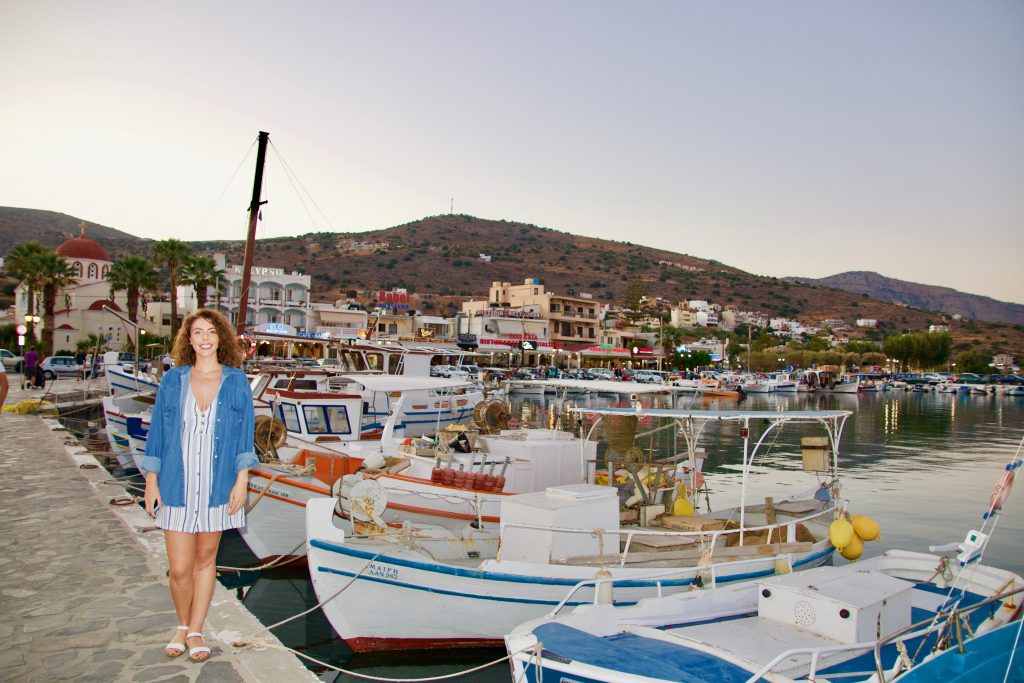
Elounda is a spectacular 20-min drive from the Villa with views over Mirabello Bay.
The waters around Elounda are sheltered by surrounding islands that made it the perfect refuelling stop for seaplanes of the British Empire en-route to India.
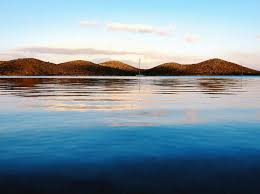
A fishing port that has grown into a busy yet delightful tourist spot with a waterline dotted by restaurants, bars and shops.
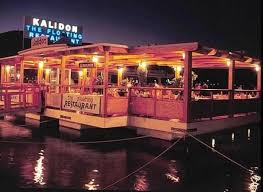
Lassithi Plateau
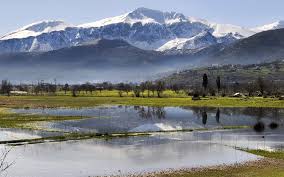
Drive up the mountains and enjoy the spectacular views and have lunch in Mochos on the way to the Lassithi Plateau. It doesn’t look far on a map but allow plenty of time as the roads are very windy and narrow in places. It’s quite breath-taking and the plateau is a huge area of abundant crops, fruit trees, vegetables and local produce among the windmills, which draw up the water.
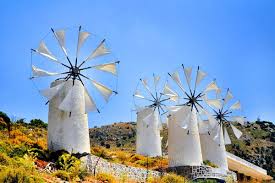
Psychro Cave is an ancient Minoan sacred cave in Lasithi plateau. Psychro is associated with the Diktaean Cave, one of the suggested sites of the birth of Zeus.

Village of Mochlos
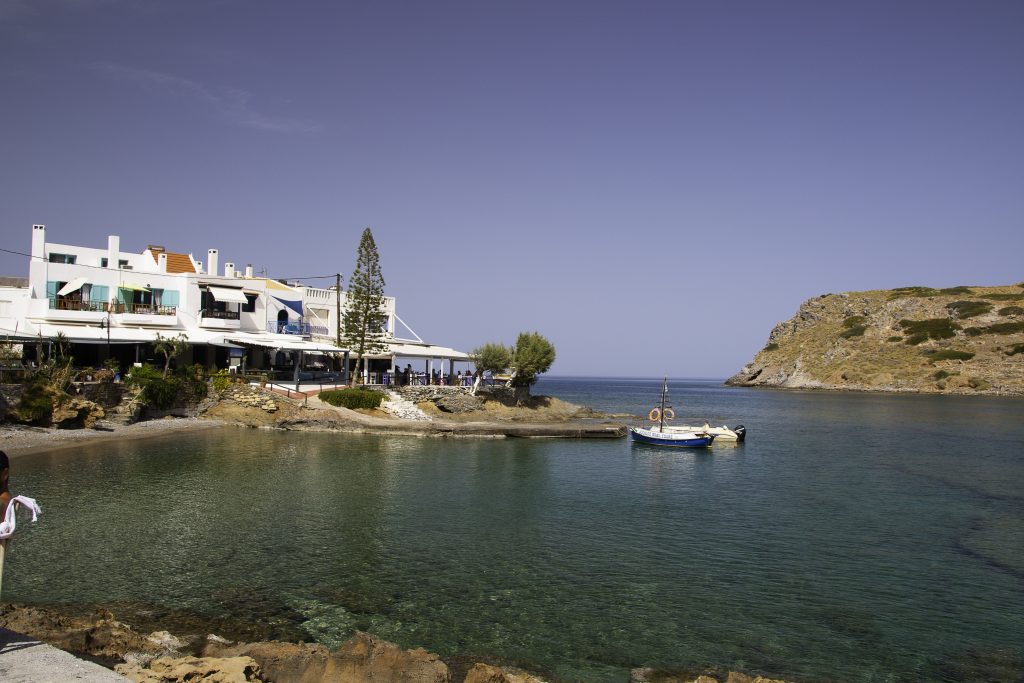
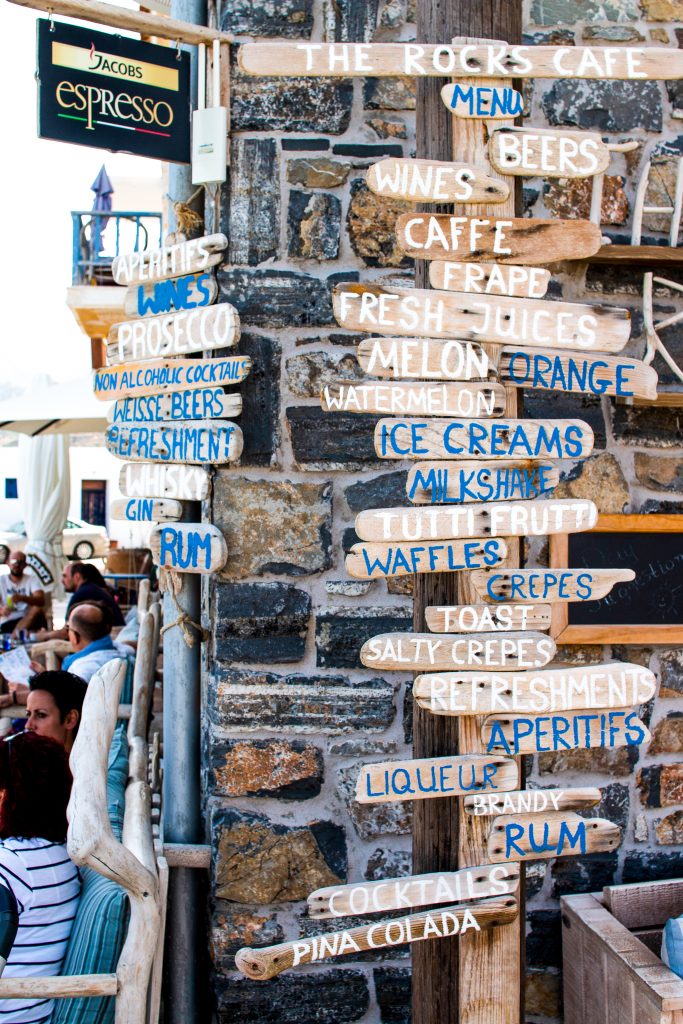
One of Crete’s hidden gems a beautiful seaside village 30 minute drive from the Villa.
It is a small island, in antiquity was a peninsula and Venetian maps mentioned by name Scoglio de muflo, while the locals still call it Saint Nicholas from the small church located there.
On this island an extensive and important Minoan settlement with port was developed.
The first inhabitants settled in Mochlos island during the Early Minoan I period. There is also an early Minoan and Middle Minoan cemetery.
The importance of the port is shown by the discovery of a seal of the 18th century. B.C.
During the Late Minoan IA period (1600/1580 – 1480 BC), the settlement was destroyed by the eruption of Thera and immediately reconstructed.
Matala Caves and Cove
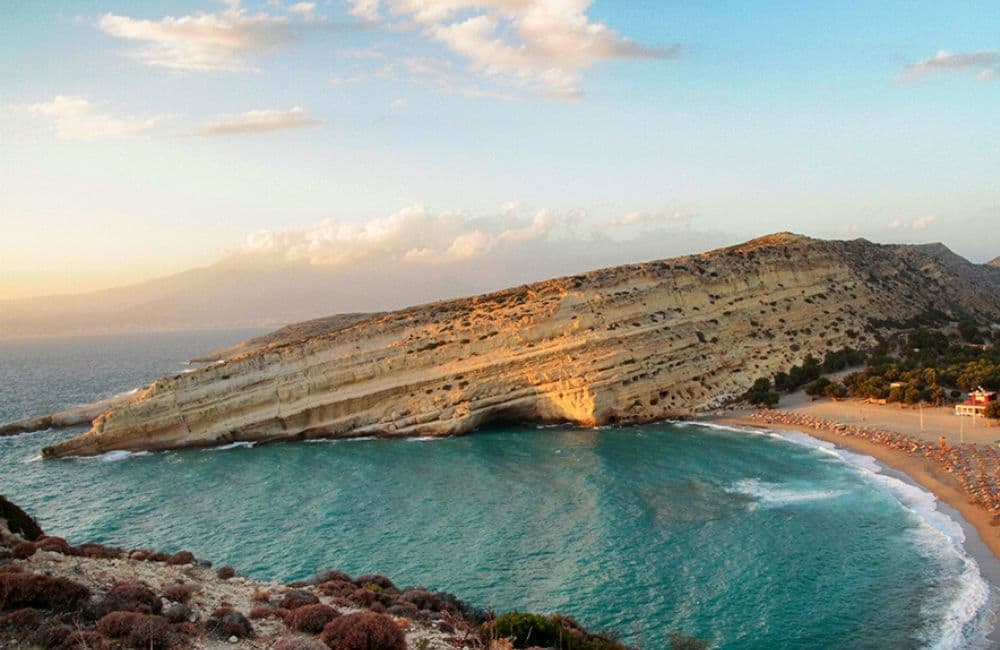
The artificial caves in the cliff of the Matala bay were created in the Neolithic Age. Matala was the port of Phaistos during the Minoan period. In the year 220 BC., Matala was occupied by the Gortynians, and during the Roman period, Matala became the port of Gortys. It has been suggested that the caves were once used as tombs, but it is more likely that they were used as living spaces, given their volume (corpses do not need that much room to walk around). One of the caves is called “Brutospeliana” because according to the legend it was frequented by the Roman general Brutus.
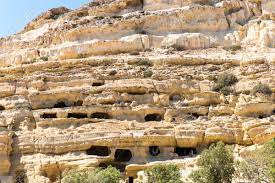
In the 1960s, Matala started to attract famous people such as Joni Mitchell, Bob Dylan, Janis Joplin, Joan Baez and Cat Stevens, who visited the beach and stayed at the caves.

The caves were occupied by hippies until driven out by the church and the military junta.
Walking the Lanes of the Ancient Minoan Bronze Age Town of Gournia
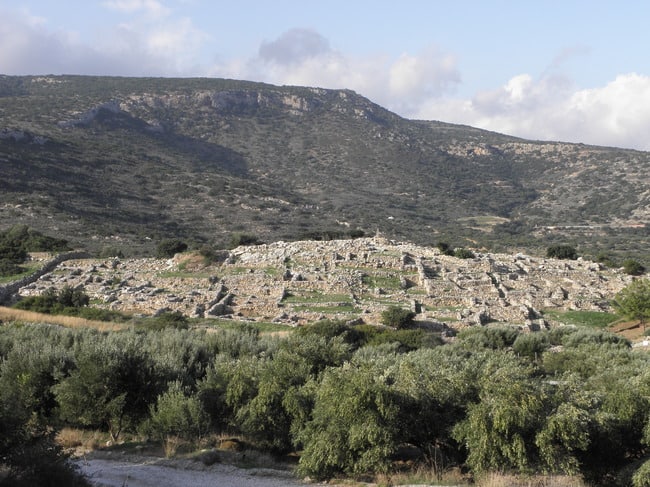
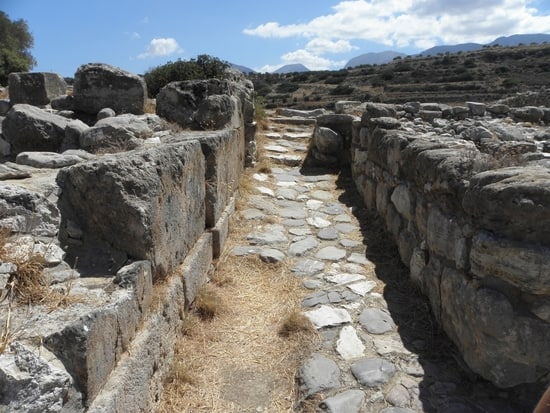
The Ancient Minoan town of Gournia is a 10 minute drive from the Villa and counts among the best-preserved prehistoric settlements in Greece. Gournia provides a unique opportunity to get a tangible sense of daily life in a town that thrived between 1700 and 1450 BC. It was first excavated by American archaeologists in the beginning of the 20th century, but work is ongoing to this day.

